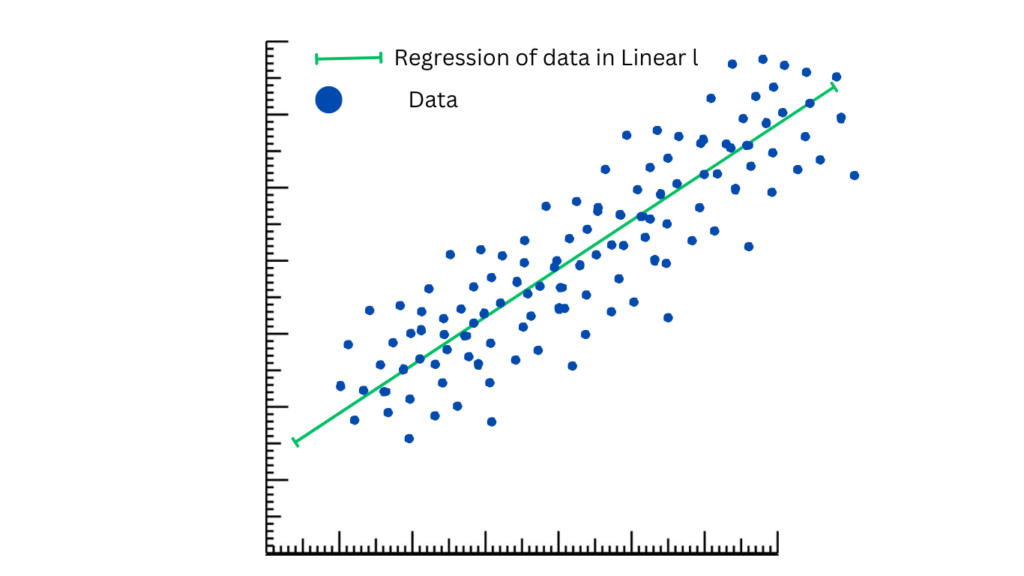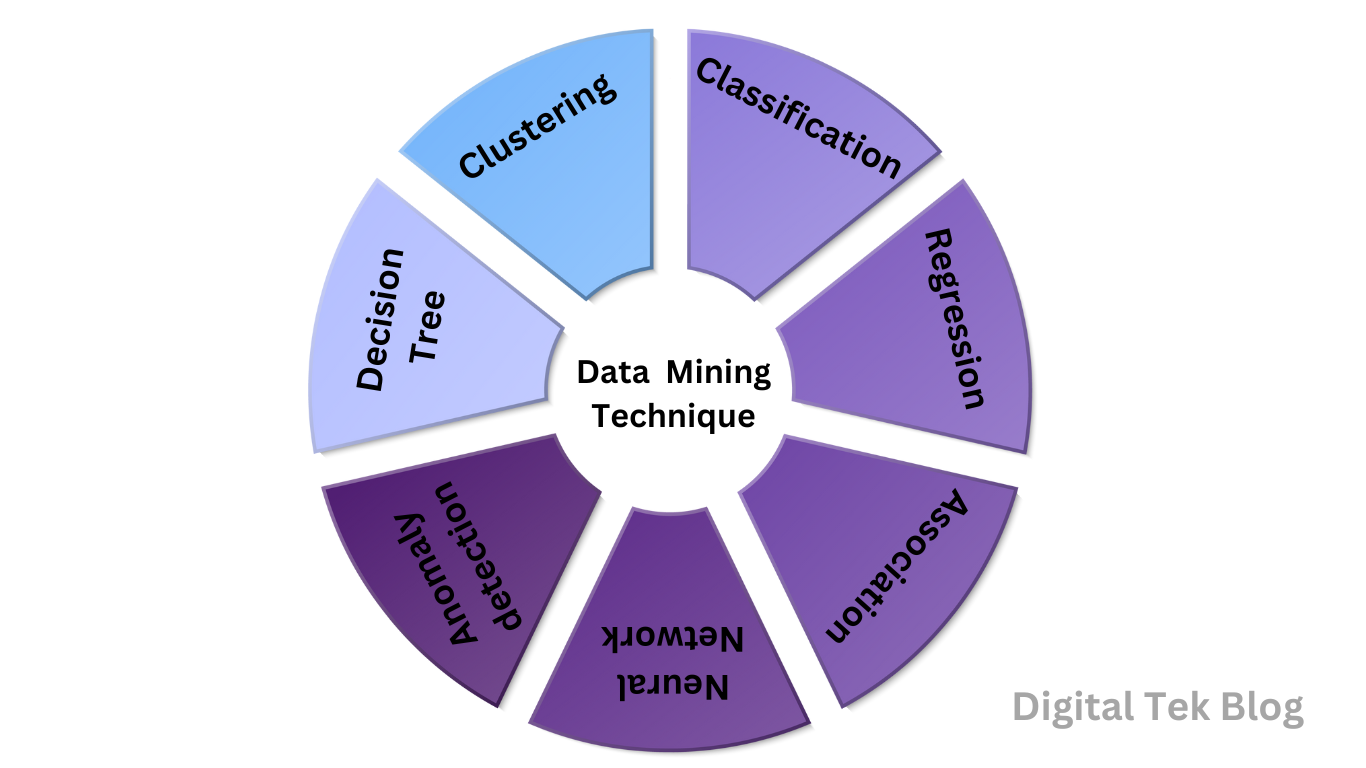Introduction to data mining techniques
Data mining techniques refer to extracting large amounts of data. You can say that data mining techniques are the technology in science and art that discovered useful data patterns from the body of the data. Knowledge Discovery from Data (KDD), is like data mining techniques. Let’s discuss data mining.
What is data mining?
Data mining provides useful information from raw data that can be used in business to learn about customers, sales, and business strategic plans.
Data mining definition
Data mining is the process of sorting, filtering, and classifying large datasets, which helps identify and solve complex business problems with the help of data analysis.
Data mining is a useful component of data science that uses advanced data analytics to provide useful information from large amounts of data. In the KDD process, collect the data, analyze it, and place it at the fundamental level.
How does data mining work?
Data mining is probably handled by data scientists, professionals, business analysts, and professional technical executives who have solid backgrounds in data analytics.
Artificial intelligence (AI), machine learning (ML), and data management are the elements of data mining that work in data analysis. The machine learning algorithm and AI are easy tools for datasets, including customer data.
Data processing techniques consist of the following steps:

Raw Data Collections
Collect the raw data from the warehouse where relevant information has been saved, organized, and analyzed. Data is collected from different sources in structured and unstructured formats.
Data Filtering
This step goes to data processing, data profiling, and data cleaning, which fixes the errors in the data. This step is necessary to maintain the quality of the data for the next steps.
Mining the Data
Data professionals collect the appropriate data with the help of data mining techniques. In these steps, professionals identify the data with the help of data processing algorithms, artificial intelligence, and machine learning algorithms that can identify the actual data for business use.
Data analyzing
This is the last step for data mining techniques. These steps create an analytic model of data that can be used in the future for business decisions. Data scientists provide the results of actual data with the help of data visualization and other techniques.
Data Mining Techniques
In data science and data analytics, there are many techniques for data mining. What is your choice? It depends on the nature of the problems. Predictions are the fundamental components of data mining that are widely used in techniques. The top 10 data mining techniques are used by data scientists for decision-making.
1. Classification
This is the technique where the data is classified into classes and categories. Data is categorized into predefined classes based on the attributes of data instances.

2. Regression
Regression predicts the numerical values, which are based on the input variables and target variables. Regression helps the mathematical function of the data model provide actual predictions.

3. Association
The association technique is useful for studying consumer behavior. For example, an online store teaches the customer what he purchased of complementary items. For this technique, the store maximizes the revenue from sales. Association techniques are also helpful for designing the catalog and clustering the product.

4. Clustering
Clustering is a technique that is used in the same group of data based on similarities and characteristics. It provides the common structure of data without any predefined classes or attributes.
Clustering is used in several ways:
- Mining of Text
- Diagnosis in the Medical department
- Web Analytics
5. Neural Networks
Neural networks refer to those algorithms used by the human brain that try to replicate the activity that accomplishes the desired goals and tasks. This technique is also involved in deep learning algorithms. This is advanced machine learning technology.
6. Anomaly detection
This technique is used in fraud detection, which uses unusual patterns that indicate fraud activity. It detects rare items and events and observes different signs of data, like suspicious.
7. Decision Tree
A decision tree is used in classification and regression techniques. The decision focuses on input-output relationship rules. A decision tree is designed in a top-down flowchart structure.
What are some examples of data mining?
Healthcare
Diagnosis: Analyze the patient’s record to find out the diseases and suggest a diagnosis based on symptoms.
Retails
Analysis on a market basis: analyze the products that are frequently purchased by customers and place the products.
Finance
Fraud: Detect the unusual transaction from the data and identify the fraud activity.
Score the credit: Analyze the financial history of customers and identify the credit score.
Summary
Data mining allows companies to improve their work from the bottom line and identify patterns of business data. Data mining techniques is beneficial for every department like retails, finance, insurance, and medical.
With advanced technology like machine learning and artificial intelligence, data mining is easy to use and less expensive, making it suitable for small businesses.
Frequently ask questions
What is data mining?
Data mining finds patterns in data that can meet the operational needs of organizations. Data science and artificial intelligence both use data mining.
What are the data mining types?
Data mining types include:
- Clustering
- Prediction
- Classification
- Regression
- Association
- Neural networks
What is the use of data mining?
Data mining techniques allow for the analysis of a large amount of data and the extraction of valuable business outcomes. It discovered the opportunities and reduced the risk for the perfect business.
More on Data Science
- Data Science and Machine Learning: Don’t Get Confused! 2024
- Unbelievable: 7 essential ways to learn Data Visualization in Python
- Artificial Intelligence and Data Science: Top 10 key Differences
- Best 10 Data Visualization Techniques Every Data Scientist Should Know
- Introduction to Big Data: Challenges, Opportunities, and Solutions 2024
follow me : Twitter, Facebook, LinkedIn, Instagram

